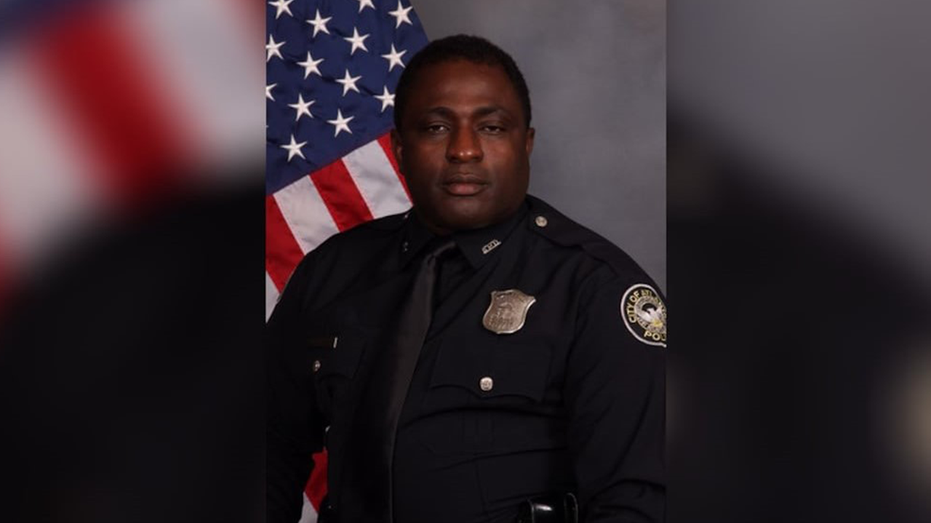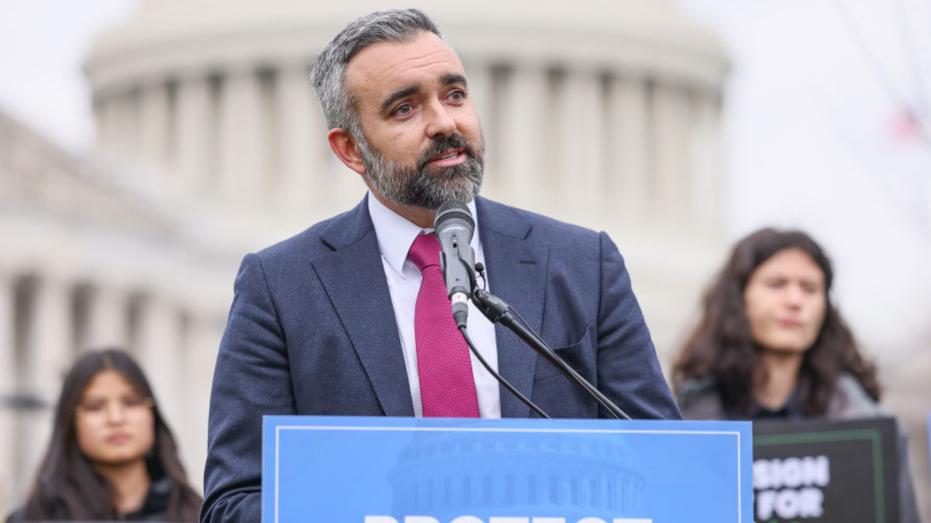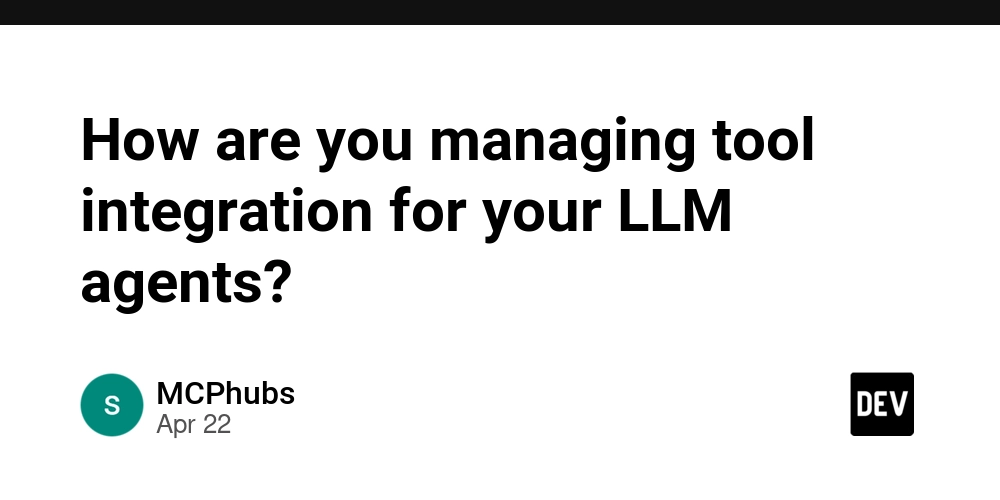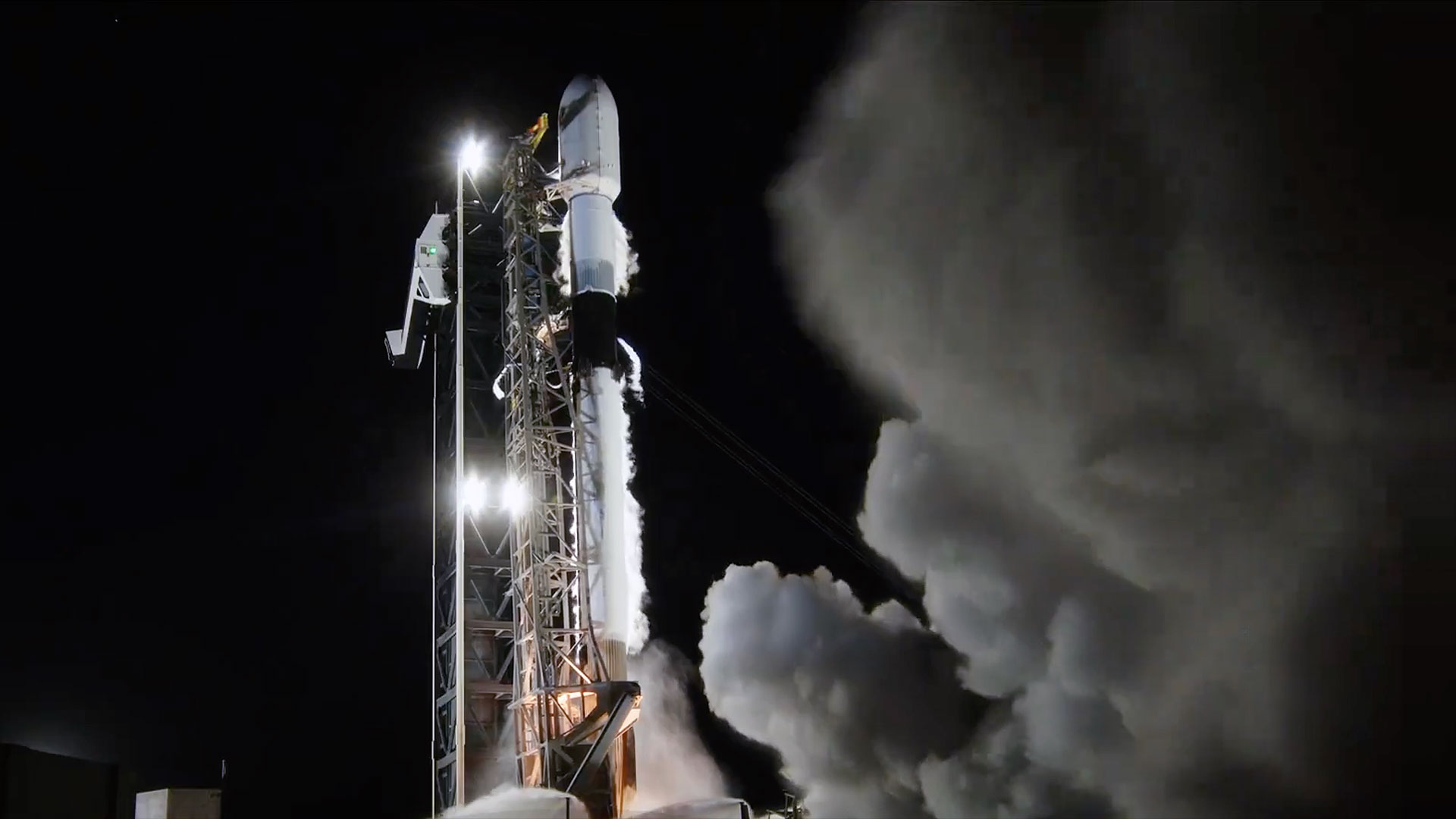OPINION: America’s promise of free education should include all children, regardless of immigration status
On his first day in office, President Donald Trump rescinded key protections limiting immigration enforcement in schools and other sensitive locations, a move that overturned long-held policy and created widespread fear among immigrant families. This reversal now threatens a fundamental American promise: that every child has the right to an education. The impact is already […] The post OPINION: America’s promise of free education should include all children, regardless of immigration status appeared first on The Hechinger Report.


On his first day in office, President Donald Trump rescinded key protections limiting immigration enforcement in schools and other sensitive locations, a move that overturned long-held policy and created widespread fear among immigrant families. This reversal now threatens a fundamental American promise: that every child has the right to an education.
The impact is already being felt nationwide. Denver, which welcomed approximately 4,000 immigrant children in 2023-24, sued the Department of Homeland Security over the Trump administration’s policy change, arguing that the threat of raids created fear among students and parents and is driving down attendance.
A federal judge recently denied Denver’s request for an injunction, which would have blocked U.S. Immigration and Customs Enforcement (ICE) agents from making arrests on school grounds. Without legal protection, Denver’s schools and many others across the country are navigating this crisis on their own.
Related: A lot goes on in classrooms from kindergarten to high school. Keep up with our free weekly newsletter on K-12 education.
Denver’s fight underscores a growing national reality. When families fear immigration enforcement, children disappear from classrooms. In New York City, where schools have enrolled 48,000 newcomer students since 2022, attendance dropped sharply after the policy reversal. One Venezuelan mother told journalists from Chalkbeat that about 100 children in her shelter stayed home for fear of being “taken.”
In Fresno, California, attendance has dropped by 700 to 1,000 students daily since Trump took office, the AP reported, with educators fielding many panicked calls from parents about rumored immigration raids. One principal delivered groceries to a terrified family and sat with them as they cried.
Parents who do send their children to school live with constant anxiety. In Brooklyn, N.Y., as The City reported, one Venezuelan father put photocopies of his children’s asylum paperwork in their backpacks. Still, he panicked one recent afternoon when he was waiting for them to be dismissed from school and they were a few minutes late. “There’s such fear and uncertainty,” he told reporters.
With the exception of Indigenous people, we all trace our stories to family members who came from somewhere else. In Plyler v. Doe (1982), the Supreme Court ruled that all children, regardless of how or when they arrived in the U.S., have the right to a public education. The Court ruled that denying education to children who have entered the country illegally imposes lifelong hardship.
But despite this constitutional guarantee, families now fear that sending their children to school could lead to deportation. Teachers and principals already navigating everything from active shooter drills to mental health crises must now also defend their students against immigration enforcement. The emotional toll is crushing.
The impact of that enforcement in schools extends far beyond the immediate fear it creates. We already face a crisis of chronic absenteeism, with roots in a breakdown of trust between families and schools. When parents fear that dropping off their child might result in family separation, we create yet another barrier to education. And for the children themselves, the lost instruction has lasting consequences.
A Stanford University study examining local immigration enforcement revealed its devastating impact on school communities, with an estimated at least 320,000 Hispanic students displaced from their schools in 2018 in communities where local police partnered with ICE. Hispanic student enrollment fell by more than 7 percent. Behind these numbers are children missing school and families forced to choose between education and safety.
Districts across the country are taking proactive steps. New York City principals must contact district lawyers immediately if ICE tries to enter schools. Los Angeles officials are providing information cards to parents outlining their rights. In Fresno, the AP reports, the school district is working with families to inform them of their rights and advising them on things like liquidating assets and planning for the custody of children if parents are forced to leave the country.
In Pennsylvania, the ACLU and Education Law Center recently issued guidance to all school districts; Norristown, Wilkinsburg and Pittsburgh are already developing formal protocols. California’s proposed legislation offers a model for other states to follow, requiring warrants for immigration enforcement on school grounds and establishing one-mile safety zones around schools.
Related: Child care centers were off limits to immigration authorities. How that’s changed
But legislation and litigation aren’t enough. Schools must create comprehensive support systems: working with community organizations to establish safe transportation networks and escort programs and ensuring the availability of two-way bilingual communication for families.
Even the best school-based efforts can’t fully undo the damage of policies that make families afraid to send their children to class. Schools should be places of learning, not fear. Yet for many students, fear is already part of their school experience — whether from the threat of violence or, now, the risk of immigration enforcement.
This isn’t just about one policy shift — it’s about whether we will uphold the fundamental promise that every child has the right to learn. Educators are doing everything they can to shield students from fear.
They shouldn’t have to do it alone.
Kara Stern is the director of education and engagement at SchoolStatus, a provider of K-12 data-driven communication, attendance and professional development solutions.
Contact the opinion editor at opinion@hechingerreport.org.
This story about immigrant students was produced by The Hechinger Report, a nonprofit, independent news organization focused on inequality and innovation in education. Sign up for Hechinger’s weekly newsletter.
The post OPINION: America’s promise of free education should include all children, regardless of immigration status appeared first on The Hechinger Report.








































































